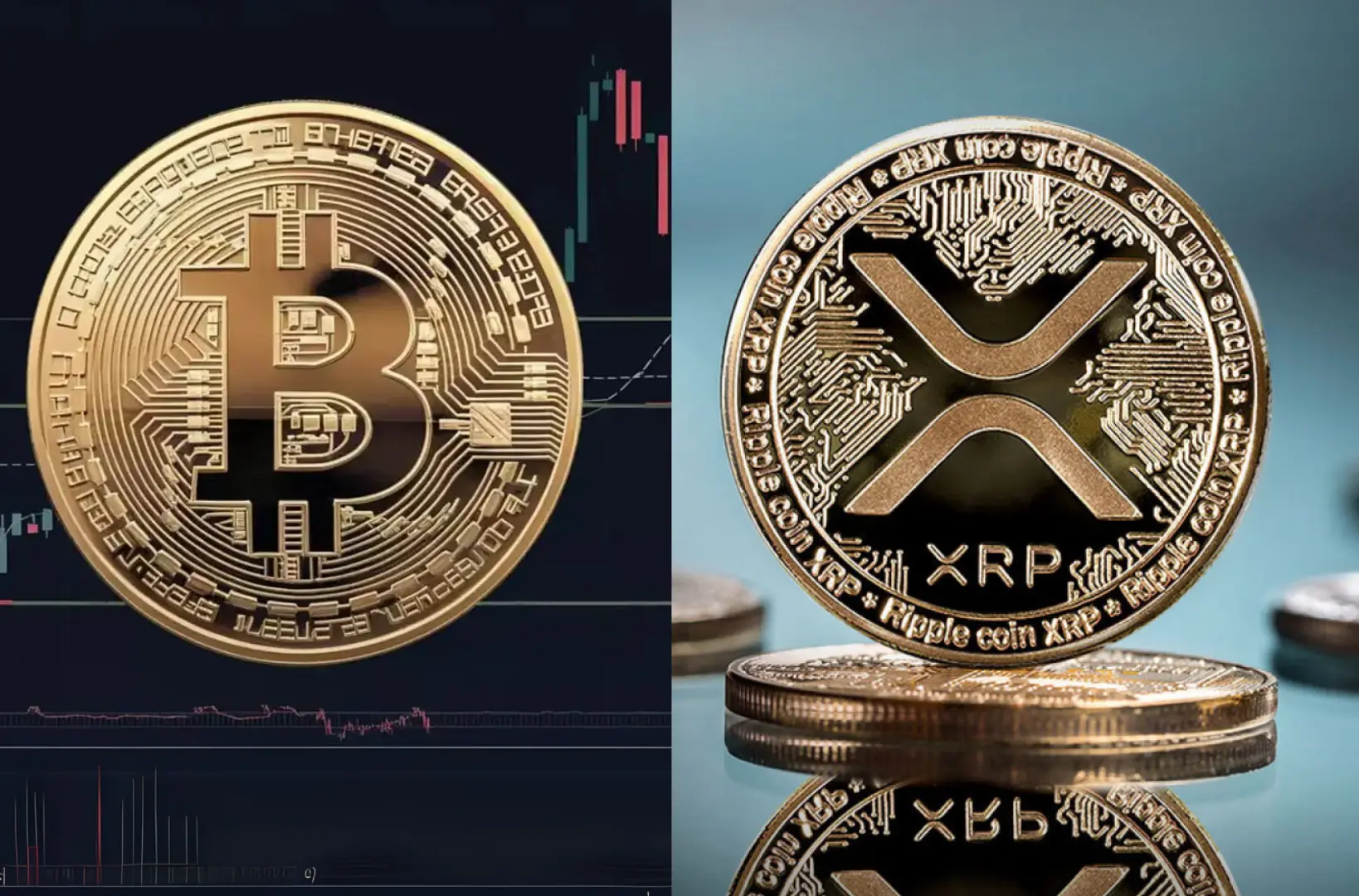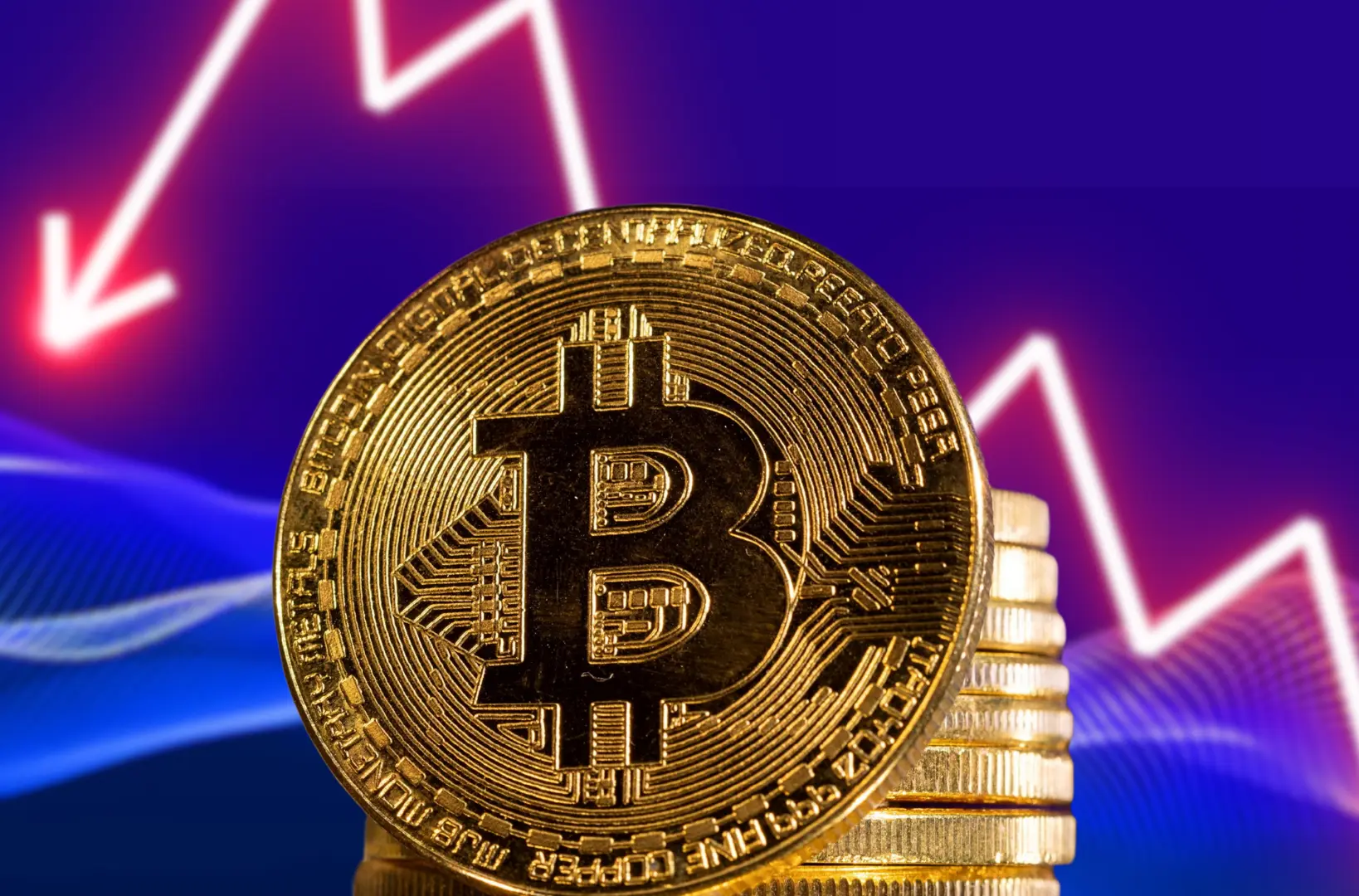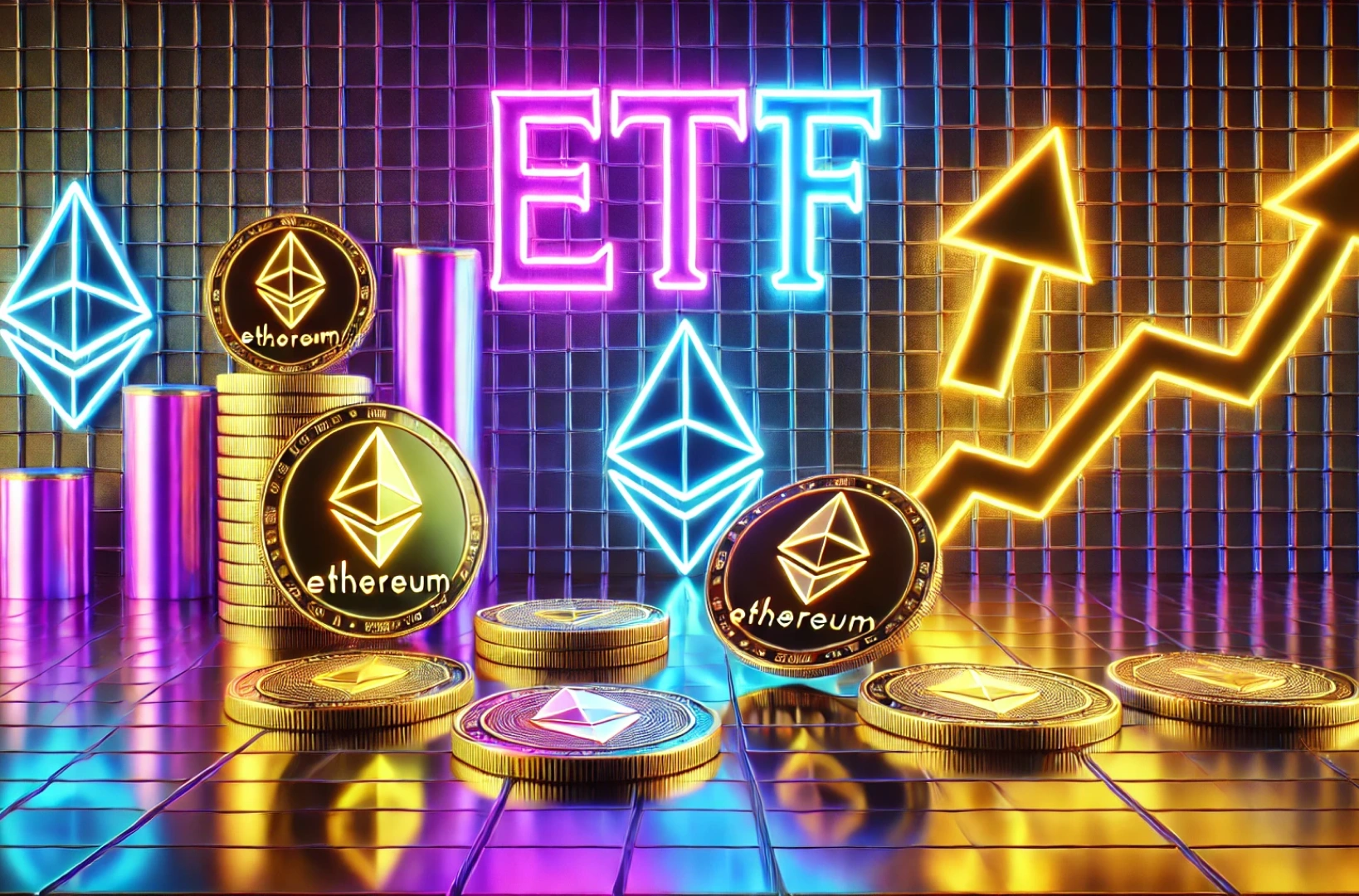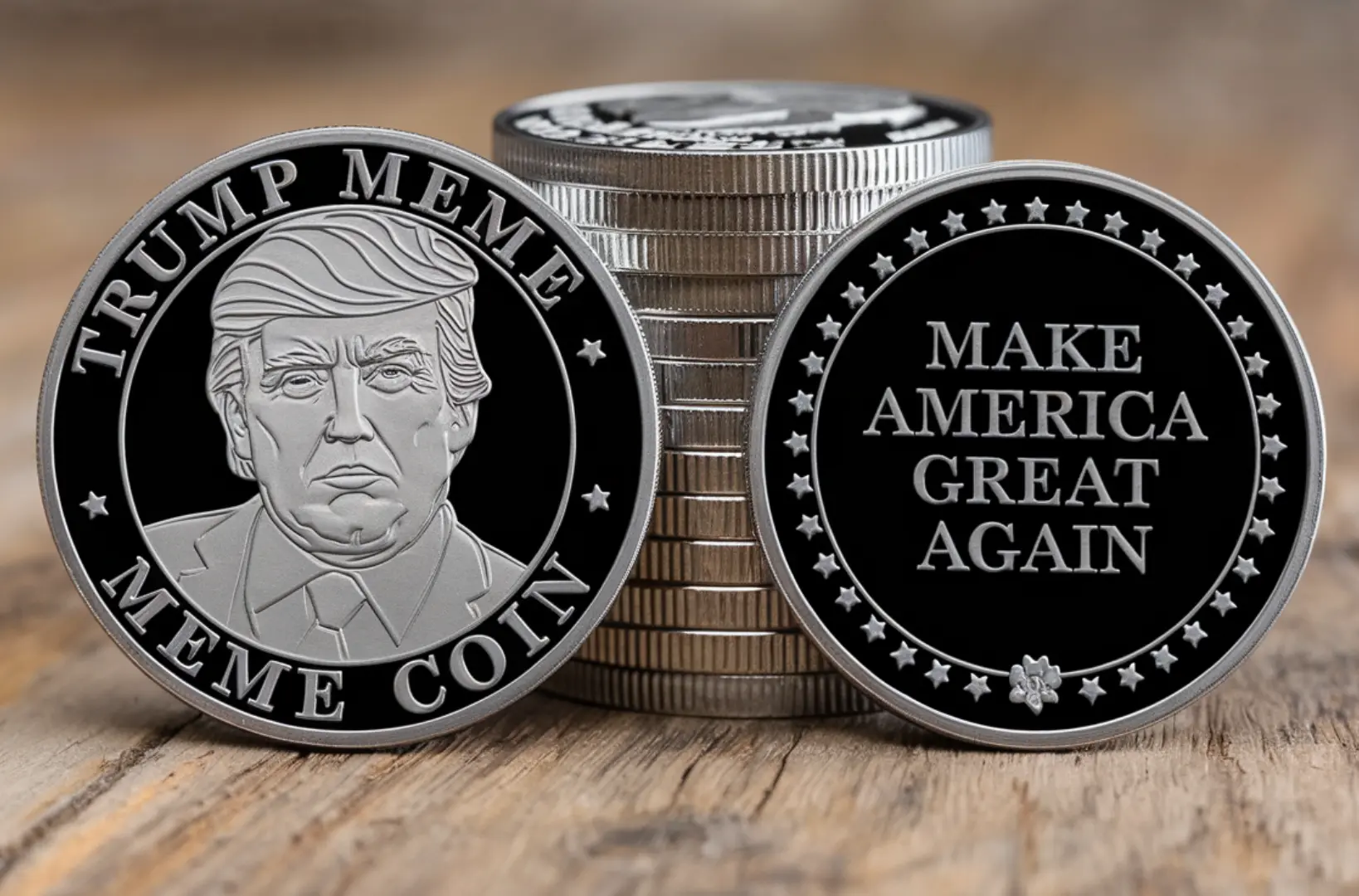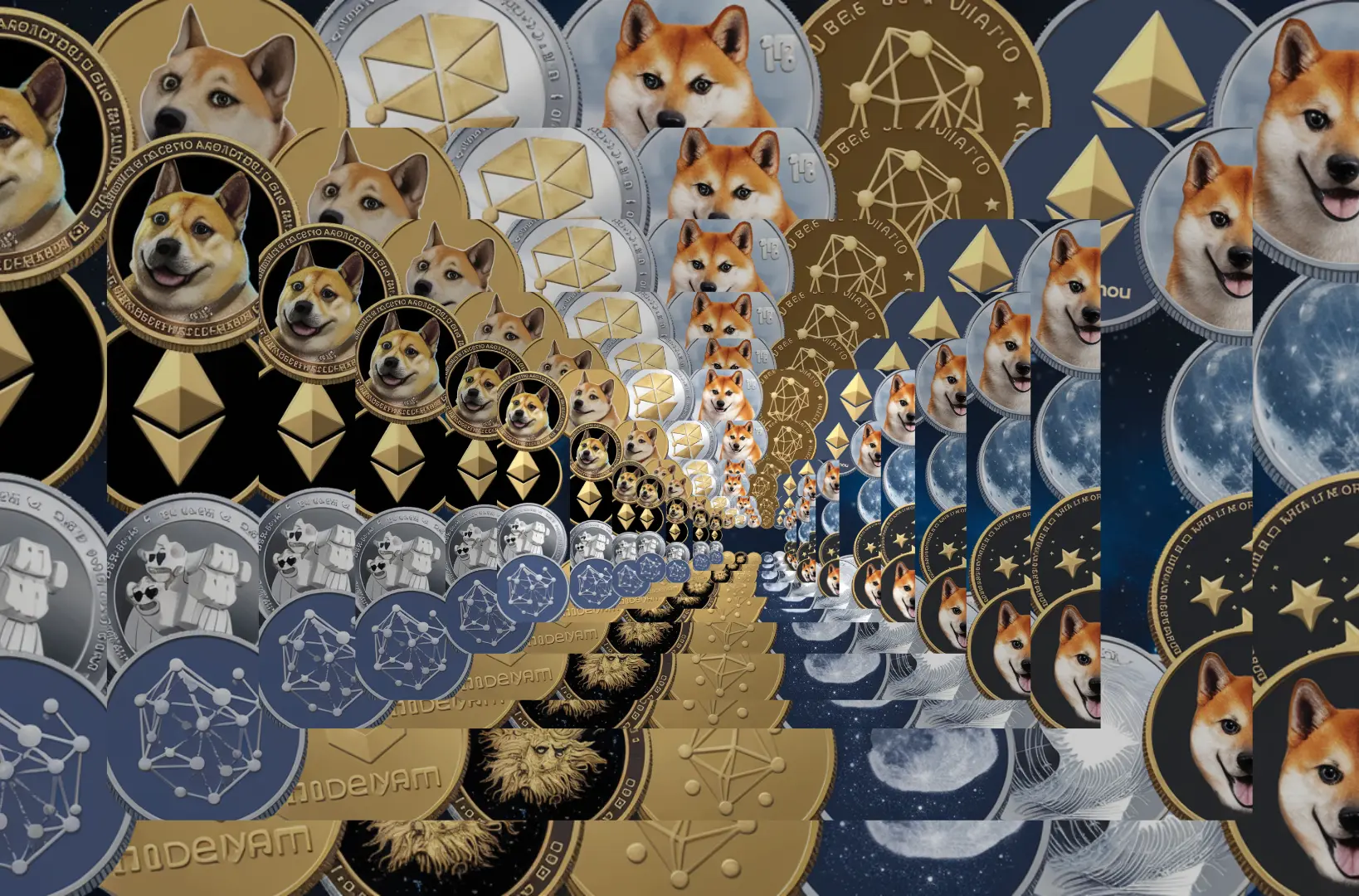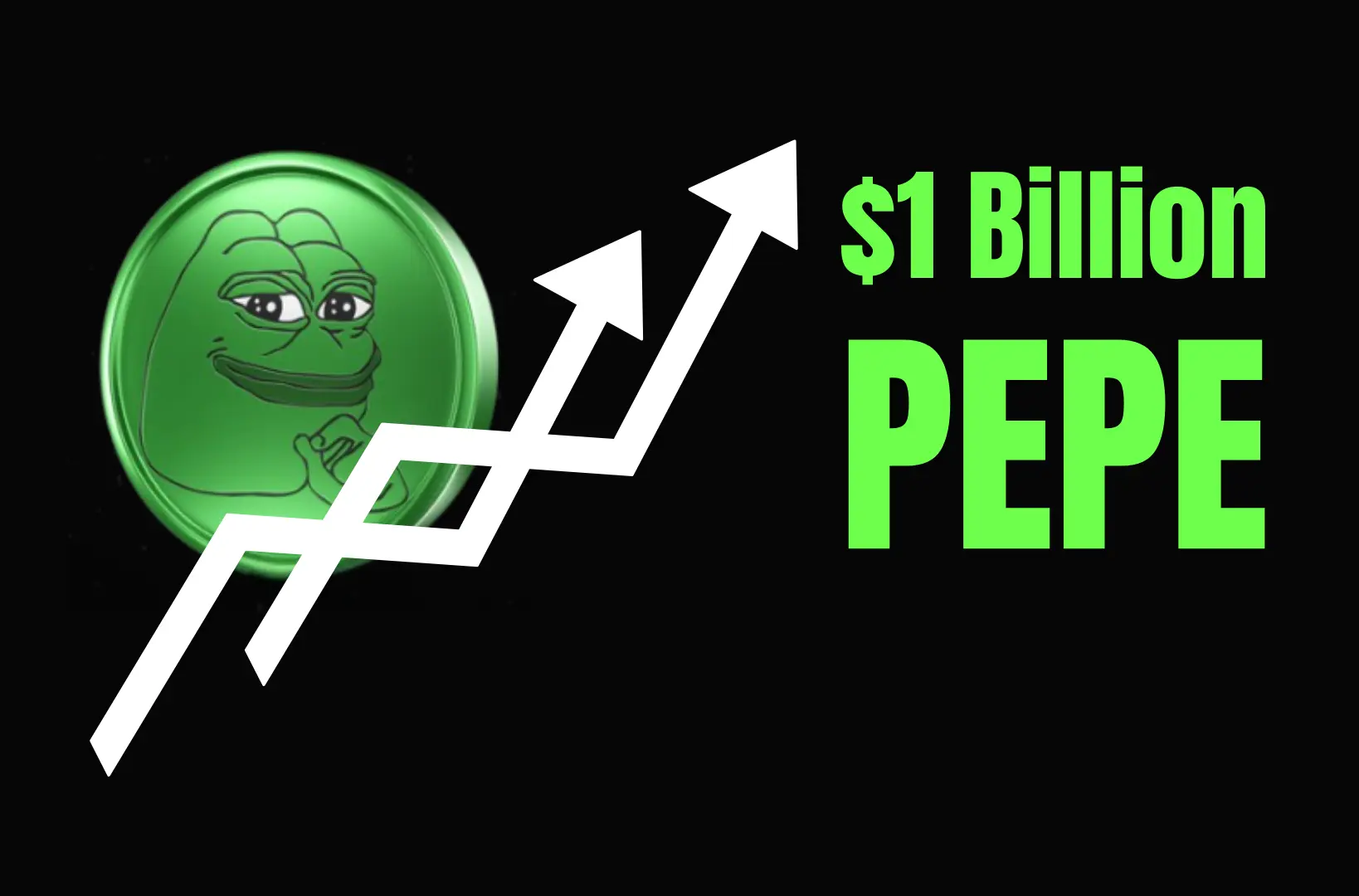If you’re deep into crypto or just starting to dip your toes into the world of digital currencies, you’ve probably heard a bunch of wild terms—HODL, FOMO, DeFi, and gas fees—getting tossed around like confetti. Crypto has its own language, and if you don’t speak it, things can get confusing real quick.
But don’t worry—I got you. This guide will break down the key crypto terms in a way that actually makes sense. No boring textbook definitions, just straight-up explanations with a bit of crypto slang to keep things fun.
1. Bitcoin (BTC) – The King of Crypto
Let’s start with the OG—Bitcoin. Created in 2009 by the mysterious Satoshi Nakamoto, Bitcoin is the first-ever cryptocurrency and the reason we’re all here talking about this space. BTC is often called “digital gold” because it’s scarce (only 21 million will ever exist) and acts as a store of value.
Initially, Bitcoin was meant to be a peer-to-peer electronic cash system. However, as adoption grew and transactions increased, Bitcoin became more of a long-term investment rather than a daily-use currency. While some businesses accept BTC for payments, many investors treat it like gold—something to hold and appreciate over time.
Why it matters: Bitcoin sets the tone for the entire market. When BTC pumps, most altcoins follow. When it dumps… well, let’s not talk about that. It’s also the most widely accepted and recognized cryptocurrency, making it the benchmark for the entire industry.
2. Altcoins – The BTC Alternatives
Anything that isn’t Bitcoin is an altcoin. Ethereum (ETH), XRP, Solana (SOL), Dogecoin (DOGE)—they all fall into this category. Some of these coins have actual use cases, while others (cough meme coins cough) exist just for the vibes.
There are thousands of altcoins out there, each trying to offer something unique. Some aim to improve Bitcoin’s technology by offering faster transactions, better scalability, or enhanced security. Others are focused on entirely different use cases like gaming, decentralized finance (DeFi), or digital collectables (NFTs).
Why it matters: Altcoins give investors more options beyond Bitcoin. Some, like Ethereum, power decentralized applications (dApps), while others, like XRP, are built for speedy transactions. Choosing the right altcoin can mean big profits, but it’s also riskier than investing in Bitcoin.
3. Ethereum (ETH) – The Smart Contract Giant
Ethereum isn’t just another altcoin—it’s a full-blown ecosystem. Launched in 2015, Ethereum introduced smart contracts, self-executing agreements that power everything from DeFi to NFTs. Unlike Bitcoin, which is more like digital gold, Ethereum is more like the internet of blockchain applications.
Ethereum is constantly evolving, with upgrades like Ethereum 2.0, which transitioned the network from proof-of-work (PoW) to proof-of-stake (PoS), making it more energy-efficient. It remains the backbone of DeFi and NFT projects, and many newer blockchains try to compete with or improve upon Ethereum’s model.
Why it matters: Most dApps, NFT projects, and DeFi platforms are built on Ethereum. Its continued dominance in the space makes it a must-know for any crypto enthusiast.
4. HODL – Hold on for Dear Life
This one’s a classic. HODL originated from a drunken typo on a Bitcoin forum back in 2013, and it stuck. It basically means holding onto your crypto no matter how crazy the market gets—diamond hands, baby.
Crypto markets are notoriously volatile. Prices can swing wildly within minutes, making it tempting to panic sell. HODLers, however, believe in the long-term value of their investments and ignore short-term fluctuations. Some of the biggest Bitcoin and Ethereum investors today were early HODLers who never sold.
Why it matters: HODLers believe in long-term gains and ignore the short-term FUD (Fear, Uncertainty, and Doubt).
5. FOMO – Fear of Missing Out
Ever seen a coin mooning and felt the urge to buy in at the top? That’s FOMO. It’s that panic-induced decision-making that often leads to buying high and selling low (aka wrecking your portfolio).
FOMO is one of the biggest reasons why traders lose money. When a coin starts pumping, social media and news hype it up, leading to a buying frenzy. But often, by the time most people buy in, the early investors are already cashing out, leading to a price crash.
Why it matters: FOMO can drain your wallet faster than you can say “pump and dump.” Always do your research before aping in.
6. Gas Fees – The Price of Doing Business on the Blockchain
On networks like Ethereum, transactions aren’t free. You gotta pay gas fees, which are basically the cost of processing your transaction. And when the network is congested, these fees can get ridiculous.
Gas fees are measured in gwei (a tiny fraction of ETH). The more network activity there is, the higher the fees. That’s why during major NFT drops or DeFi booms, gas fees can spike, making it super expensive to send transactions.
Why it matters: High gas fees can make small transactions pointless. Layer 2 solutions like Polygon and Optimism help lower these costs.
7. DeFi – Decentralized Finance
Imagine a bank that doesn’t need a bank. That’s DeFi. It’s an ecosystem of financial services—lending, borrowing, staking, and trading—built on blockchain without middlemen.
DeFi protocols let users lend their crypto to earn interest, trade assets without a centralized exchange, or stake tokens for rewards. While DeFi can be incredibly profitable, it’s also full of scams, rug pulls, and hacks.
Why it matters: DeFi gives you control over your own money, but it’s also risky. DYOR (Do Your Own Research) before diving in.
8. NFTs – More Than Just JPEGS
Non-Fungible Tokens (NFTs) represent ownership of digital assets—art, music, in-game items, and even virtual real estate. While some think they’re just overpriced monkey pictures, others see them as a revolution in digital ownership.
NFTs run on blockchain technology, ensuring that each token is unique and cannot be duplicated. They’ve created new opportunities for artists and content creators, but the space is also full of speculation and scams.
Why it matters: NFTs are creating new ways for artists, gamers, and creators to monetize their work. Plus, they’re a key part of the metaverse.
9. XRP – The Bankers’ Coin
XRP, created by Ripple Labs, is all about fast and cheap cross-border payments. Unlike Bitcoin and Ethereum, it doesn’t rely on mining. Instead, transactions are validated by a unique consensus protocol.
Ripple’s technology is used by banks and financial institutions to move money quickly and at a lower cost than traditional banking systems. However, XRP has been in a long legal battle with the SEC over whether it should be classified as a security.
Why it matters: XRP is often seen as the “crypto for banks.” If Ripple wins its lawsuit, XRP could see major adoption.
Final Thoughts
This blog could go on forever, but you get the point—crypto is packed with terms that might sound like gibberish at first, but once you understand them, you’ll navigate this space like a pro. Whether you’re HODLing, degen trading, or just vibing with NFTs, knowing these key terms will help you make better investment decisions.
So next time someone talks about FOMOing into an altcoin because a whale is pumping it, you’ll know exactly what’s going on. Stay sharp, stay safe, and most importantly—DYOR!
Suggested Reads:
Adobe’s Firefly AI Video Generator Rivals OpenAI’s Sora
Galaxy S25 vs. iPhone 16 – Which Compact Flagship is Best?
Apple Raises Concerns Over First Porn App on iPhone Under EU Rules

Burhan Ahmad is a Senior Content Editor at Technado, with a strong focus on tech, software development, cybersecurity, and digital marketing. He has previously contributed to leading digital platforms, delivering insightful content in these areas.
